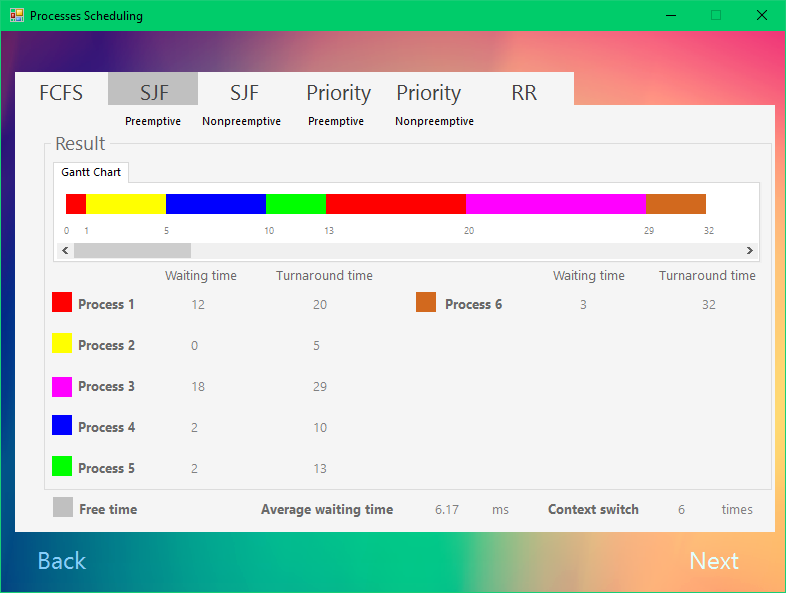
For more Linux tips, be sure to follow us on Facebook, YouTube and. If you liked this video, please hit the like and share buttons. Stretch your terminal window to make it wider and you will see the other fields as well.Ĭlosing: That’s your 2-minute Linux tip for today. The > at the end of each line indicates that the command output is being truncated. cpu0-usage-cpu1-usage-total-cpu-usage-dsk/total-> Terminal width too small, trimming output. If your system has more than one CPU, you can view the activity on each CPU separately and the combination of the two CPUs with a command like this:

And on the right we see system interrupts and context switches. No paging (stores and retrieves data from secondary storage) is going on. We also see network activity (sending and receiving packets). The next section is disk reads and writes – nothing now. The system has been idle a lot of the time and is now spending some time running system and user tasks. The next two lines are showing current activity. So, what does this show us? The first line of output shows a summary of activity since the system booted. Example: 'dstat -cdn 5 10' will give you 10 updates with a aggregated frequency of 5 seconds between output.

This is very similar to 'vmstat' command. Command Issued: 'dstat -cdn' You can also specify how many updates and frequency you want to use. total-cpu-usage-dsk/total-net/total-paging-system- To start dstat with CPU, Disk and Network, you would specify the following '-cdn'. You did not select any stats, using -cdngy by default. If you just type “dstat”, the command will continue until you stop it with a ^c. In this first command, we’re going to display the information that dstat provides by default, but we’re asking only to see only three 2-second intervals. In today’s Linux tip, we’re going to look at the dstat command that provides important information on system resources – notably CPU usage, disk activity, network traffic, paging and system internals (interrupts and context switches). Hi, this is Sandra Henry-Stocker, author of the “Unix as a Second Language” blog on NetworkWorld.


 0 kommentar(er)
0 kommentar(er)
